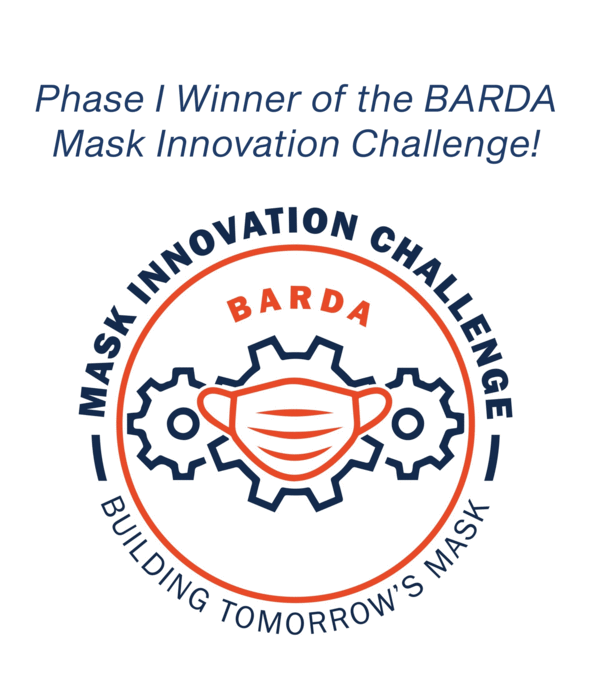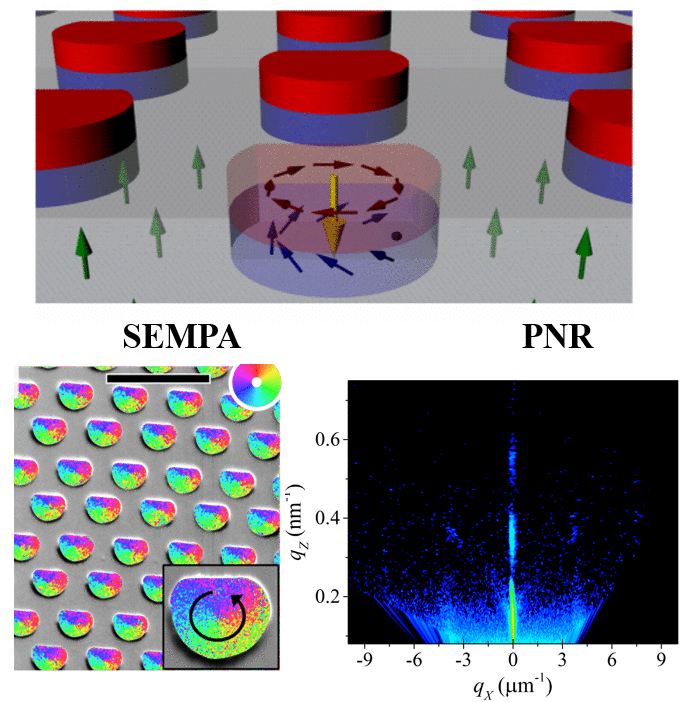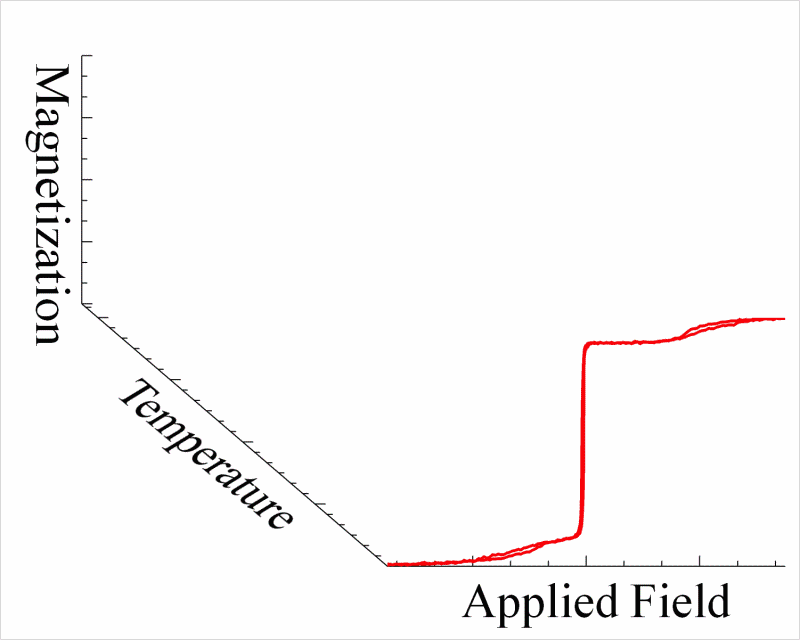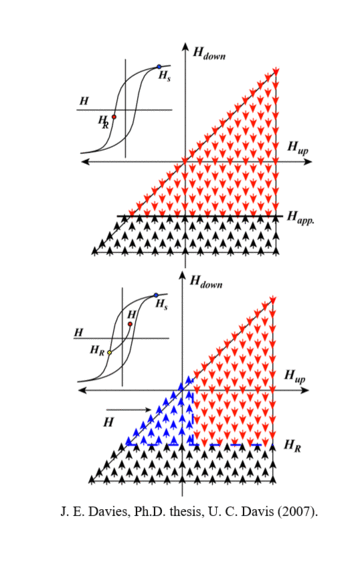Research
Our research focuses on synthesis and experimental investigation of nanostructured materials, particularly in nanomagnetism and spintronics. Some examples of the current research projects are shown below. Follow us on LinkedIn and Twitter for latest results.

3D metallic foams and networks
Nanostructured 3D metal networks and foams have potential applications in diverse fields such as spintronics, catalyst, fuel cell, and particularly hydrogen storage technologies. We have achieved nanowire foams with a tunable density down to 0.1% of the bulk, with highly attractive characteristics for hydrogen storage. Our interconnected magnetic nanowire networks offer an interesting platform for exploring 3D nanomagnetism and integrated multistate memristors. We have also demonstrated Cu nanowire based metal foams as efficient, robust, reusable and recyclable filters for deep submicron particulate filtration, as featured by this ACS press release. Our entry to the BARDA/NIOSH Mask Innovation Challenge has been selected as a Phase 1 Winner and a Phase 2 Finalist. Read more about the foams here.

Spin Textures
The topological nature of certain chiral spin textures such as magnetic skyrmions and chiral domain walls leads to extraordinary properties that provide new insights into fundamental problems of magnetism and exciting potentials for energy-efficient spintronic devices. Usually such chiral spin textures are stabilized by the antisymmetric exchange known as the Dzyaloshinskii-Moriya interaction (DMI). We have shown that room temperature artificial skyrmions can be realized without DMI, that are stable in zero field. Our recent interests include induced DMI and control of spin textures in unconventional systems absent of strong spin-orbit coupling, such as ferromagnets covered by graphene, or chemisorbed oxygen and hydrogen. We have also found chemisorption induced magnetic anisotropy change, which has allowed us to pull magnetic skyrmions out of thin air!

Magneto-ionics
Modification of metal/oxide heterostructures through ionic motion is highly effective in tailoring the interfacial characteristics and consequently their physical and chemical properties. Essentially all magnetic functionalities could be controlled this way, such as exchange bias, ferromagnetism, and superconductivity, with potentials for electric field control and enhancement. Hear REU student Abigail Firme’s short pitch here, and Prof. Liu’s seminar here.
High Anisotropy Materials
High magnetic anisotropy materials have critical applications in next-generation ultrahigh density heat-assisted magnetic recording (HAMR) media as well as high energy density permanent magnets. We have achieved (001) oriented L10 FeCuPt thin films using atomic-scale multilayer sputtering and rapid thermal annealing. Furthermore, we have studied the nature of their ordering and introduced a magnetometry based order parameter.

First Order Reversal Curve (FORC)
The FORC method is, in essence, a magnetic “fingerprinting” technique for magnetic characterization, much like x-ray diffraction for crystal structure analysis. A tutorial can be found here. Below is a mini-library of our representative publications since 2002 illustrating its various capabilities:
- Sensitivity to irreversible switching in Co/Pt, spring magnets, & exchange biased systems;
- Capturing magnetic distributions in nanoparticles, networks, graded Co/Pd, recording media & magneto-ionic systems;
- Qualitative magnetic phase ID in nanodots, nanodiscs & skyrmions;
- Distinguishing different reversal mechanisms in Co/Pt/Ru films & multilayered nanowires;
- Magnetic interactions in nanowires, nanoparticles, hard/soft FePt bilayers, perpendicular media, & 3D networks;
- Quantifying interactions in patterned nanomagnet arrays;
- Quantitative phase fraction analysis in LSCO, vortices, L10-FePt;
- Correlation with spin-transport;
- Mapping phase transitions, spin glass & other hysteretic system;
- Reconstructing phase-resolved hysteresis loops.